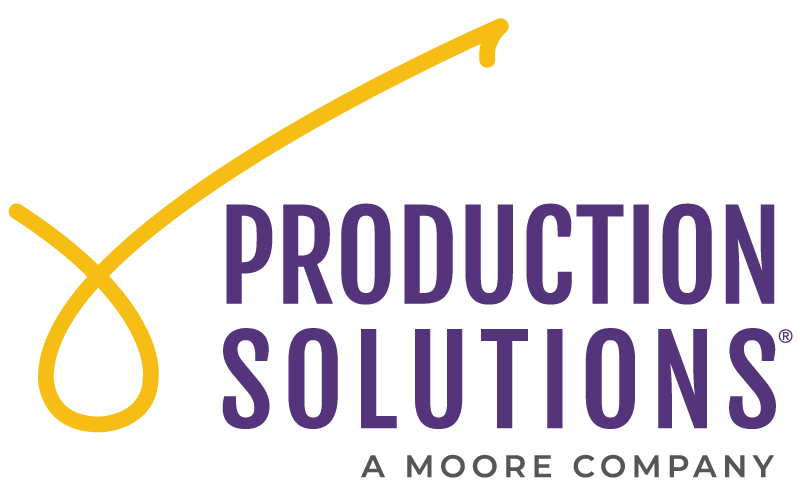The Role of Direct Mail in Nonprofits
 Production Solutions
Production Solutions
Did you know that 7-8% of nonprofits* are technically insolvent? 30% have lost money over the last three years and nearly 50% have less than one month of operating reserves. These figures are even more alarming as nonprofits are responsible for 5.5% of US GDP as well employing just over 10% of the workforce and paying nearly 10% of wages. [1]
Nonprofits tackle some of the world’s most difficult problems. From preserving the environment to supporting the underfunded arts; from fighting to cure debilitating and deadly diseases, to ensuring a fair education for all children, and so much more.
They are fundamental to our humanity, community, and culture.
Interestingly, these financial challenges are not equally distributed across all nonprofits. Oliver Wyman in The Financial Health of the United States Nonprofit Sector notes that the issues can be a factor of size and/or subsector. Generally speaking, nonprofits that are largely funded by private donations – such as Environmental and Animal-related, Science and Technology, and Community Capacity – tend to have less debt and larger cash reserves. While nonprofits – Hospitals, Health and Human Services, and Educational Institutions – that rely on revenue from grants and contracts have significantly lower cash reserves.
Though two-thirds of nonprofits qualify as “small” (operating budget of less than $1MM), they only account for 2% of total spending. “Large” nonprofits (operating budget of over $50MM) make up only 2% of the sector and yet account for a whopping 80% of expenditures. This does not mean, however, that large nonprofits are financially healthier than their smaller counterparts. They tend to carry higher debt levels, are less liquid, have lower margins and considerably less reserves.
What can be done to mitigate the financial issues being faced by large nonprofits or nonprofits that are reliant on government contracts, grants or fee-for-service revenue? How does direct mail play a role?
Nonprofits that rely on grants or government contracts may find themselves restricted in how that money is allocated, not allowing them to create cash reserves in case of financial hardship. By launching a new direct mail program those nonprofits can establish a private philanthropy donor base, thereby creating a new revenue stream with less restrictions, allowing for more flexibility in times of financial crisis.
Planned giving is another vehicle for strengthening the financial position of a nonprofit and direct mail has substantial impact there as well. Since 2014, the Make-A-Wish Foundation has seen their planned giving revenue increase from $2 million to $6 million. CFO Paul Mehlhorn attributes part of this growth to promoting the planned giving program in their direct mail campaigns. “You can do a lot of planned giving advertising but most of your donors come out of your direct mail or online giving platforms.” The bonus here: the low cost to promote planned giving within an existing direct mail program.
More good news, the results of a study run by Grey Matter Research and Opinions 4 Good point to a favorable climate for direct mail. “The Donor Mindset Study III” shows:
- 37% of respondents are more likely to read a piece of direct mail over an email.
- 35% prefer email, and the other 28% states that they are not more likely to read one over the other.
- 37% vs. 32% of donors think that direct mail beats email when conveying facts.
- 38% vs. 23% believe that direct mail does a better job at telling a touching story.
How can Production Solutions help?
Wyman proposes that nonprofits lower operating costs by creating shared service utilities. Though not a utility, per se, Production Solutions IS a shared service. By leveraging our buying power, we can generate significant program savings for our clients. Our extensive experience and training help to reduce errors, increase quality, and reduce the amount of time our clients must spend overseeing their direct mail programs. Our lower production costs, coupled with our postage savings, may also enable those nonprofits with a smaller budget the opportunity to launch a direct mail program with a lesser monetary investment.
Interested in evaluating a new direct mail program or revamping your existing one? Contact us and ask about our Production Execution Audit. This complimentary assessment helps you evaluate your current direct mail investment strategy and understand if you could be more efficient. Make more possible for your mission today!
*Based on an assessment of 219,987 nonprofits that filed IRS form 990. This only includes those that report revenues over $200,000, or assets over $500,000 or are otherwise required to file form 990. Assessment was for filings between 2010-14.
[1] The Financial Health of the United States Nonprofit Sector. Morris, George. Oliver Wyman. January 2018.





